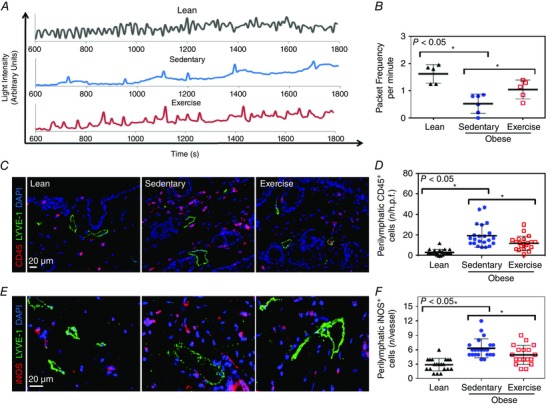Figure 2. Aerobic exercise improves collecting lymphatic vessel pumping in obesity .

A, representative line graphs demonstrating changes in light intensity (in arbitrary units), which corresponds to hindlimb collecting lymphatic packet frequency (pumping) in lean, sedentary obese and exercised obese groups (n = 5 or 6 animals per group). B, quantification of hindlimb collecting lymphatic packet frequency (pumping) in experimental groups (n = 5 or 6 animals per group; Student's paired t test: lean vs. sedentary P = 0.0006, sedentary vs. exercise P = 0.0365). C, representative photomicrographs of hindlimb skin immunofluorescent staining localizing leucocytes (CD45+ cells; red), lymphatic vessels (LYVE‐1+; green) and nuclei (DAPI; blue). Note perilymphatic accumulation of CD45+ cells in sedentary obese mice and partial resolution in exercised obese mice. D, quantification of perilymphatic CD45+ cells (located within a 50 μm radius of lymphatic vessels) in various experimental groups [n = 5 or 6 animals, with 4 high‐power fields (h.p.f.) per animal; Student's paired t test: lean vs. sedentary P = < 0.0001, sedentary vs. exercise P = 0.0159]. E, representative photomicrographs of hindlimb skin immunofluorescent staining localizing iNOS+ cells (red), lymphatic vessels (LYVE‐1+; green) and nuclei (DAPI; blue). Note perilymphatic accumulation of iNOS+ cells in sedentary obese mice and partial resolution in exercised obese mice. F, quantification of perilymphatic iNOS+ cells (located within a 50 μm radius of lymphatic vessels) in various experimental groups (n = 5 or 6 animals with 4 h.p.f. per animal; Student's paired t test: lean vs. sedentary P = < 0.0001, sedentary vs. exercise P = 0.0346).
